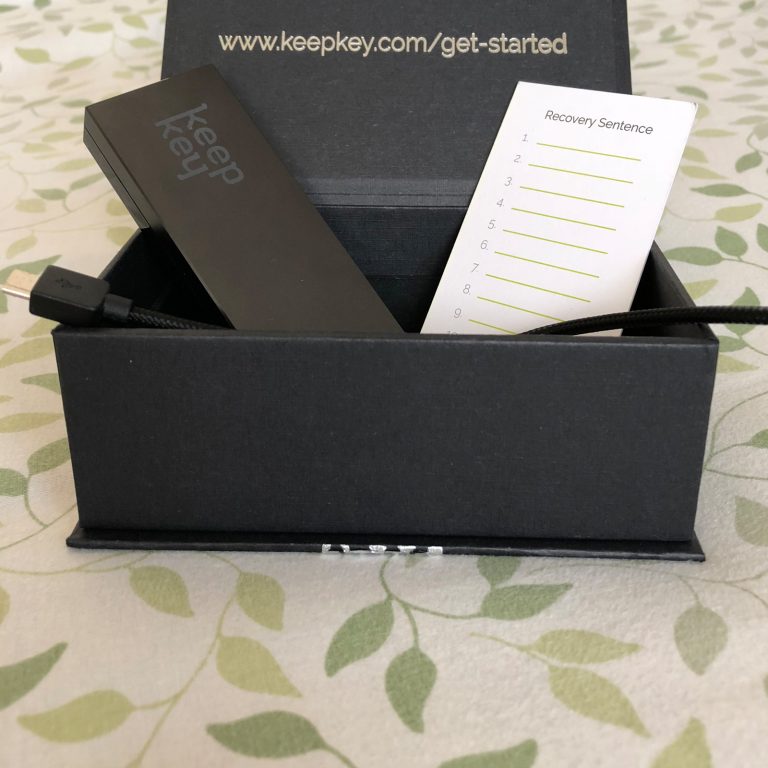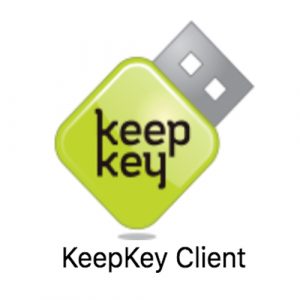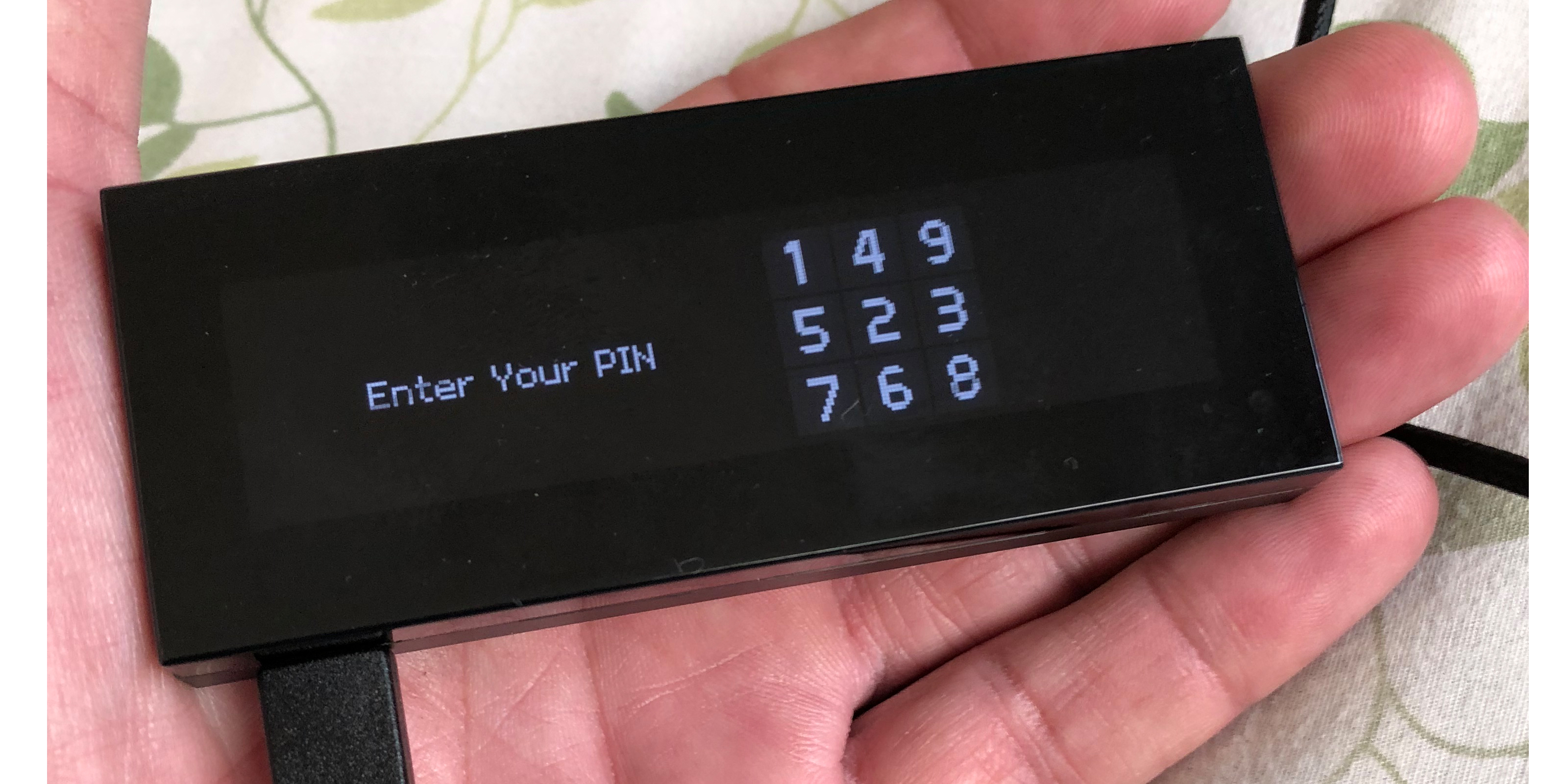
Keeping cryptocurrencies safe is a fundamental part of participating in the digital economy, and hardware wallets have become popular security solutions. These days there is a slew of devices on the market, each with its own options and features. One of these is the Keepkey wallet, a product that’s been well received by digital currency investors over the last three years.
Also read: A Review of the Swiss-Made Digital Bitbox Hardware Wallet
The Keepkey Hardware Wallet
 Earlier this week I took a look at the Keepkey hardware wallet, a device that allows users to store multiple cryptocurrencies in a secure fashion. Keepkey is sold for US$129 per device, which is more expensive than the Ledger Nano, Coolwallet S, and Trezor One. Nevertheless, the small rectangular device is more pleasing to hold and the screen looks very nice when the Keepkey is operating. The case the Keepkey comes in is packaged well and resembles an unopened Apple product. Keepkey, Coolwallet, and the Ledger all have well-packaged boxes compared to the Trezor One packaging.
Earlier this week I took a look at the Keepkey hardware wallet, a device that allows users to store multiple cryptocurrencies in a secure fashion. Keepkey is sold for US$129 per device, which is more expensive than the Ledger Nano, Coolwallet S, and Trezor One. Nevertheless, the small rectangular device is more pleasing to hold and the screen looks very nice when the Keepkey is operating. The case the Keepkey comes in is packaged well and resembles an unopened Apple product. Keepkey, Coolwallet, and the Ledger all have well-packaged boxes compared to the Trezor One packaging.

The black Keepkey box is sealed in plastic wrapping and when removed there’s also a piece of tamper-resistant tape holding the box closed. After inspecting the tape and making sure the box has not been opened previously, a knife is needed to cut the tape’s seal. Inside the box is a Keepkey, a 12-word seed card, a USB cord, and some warranty information. The Keepkey has a plastic anti-scratch film laid over the device’s screen and is encased in black foam. Keepkey’s large



